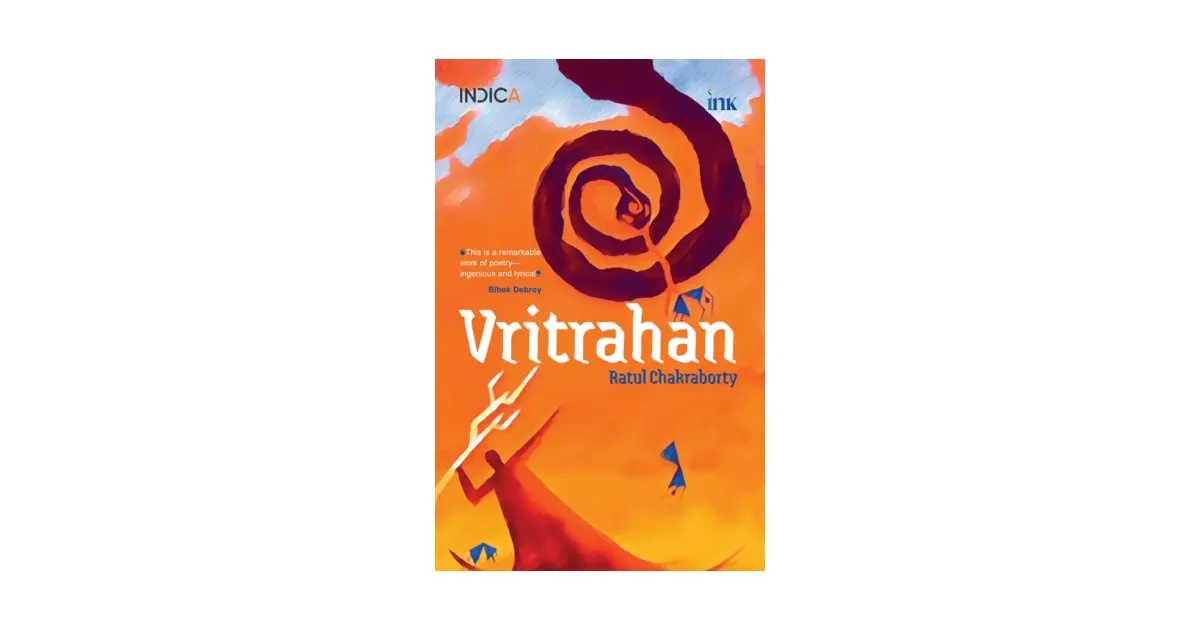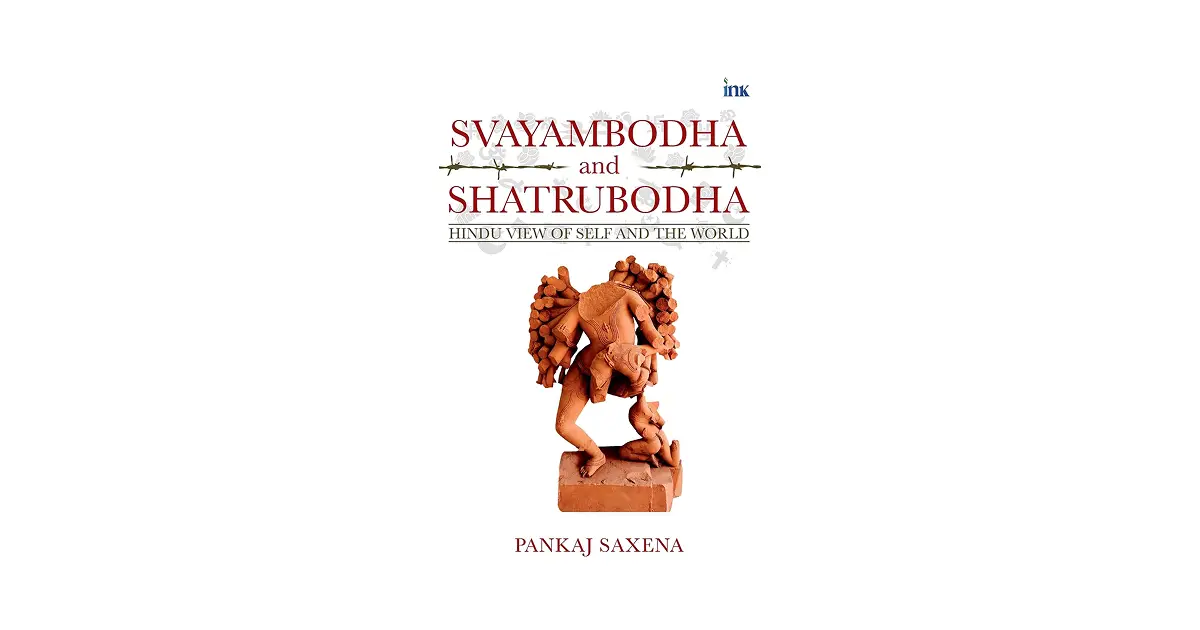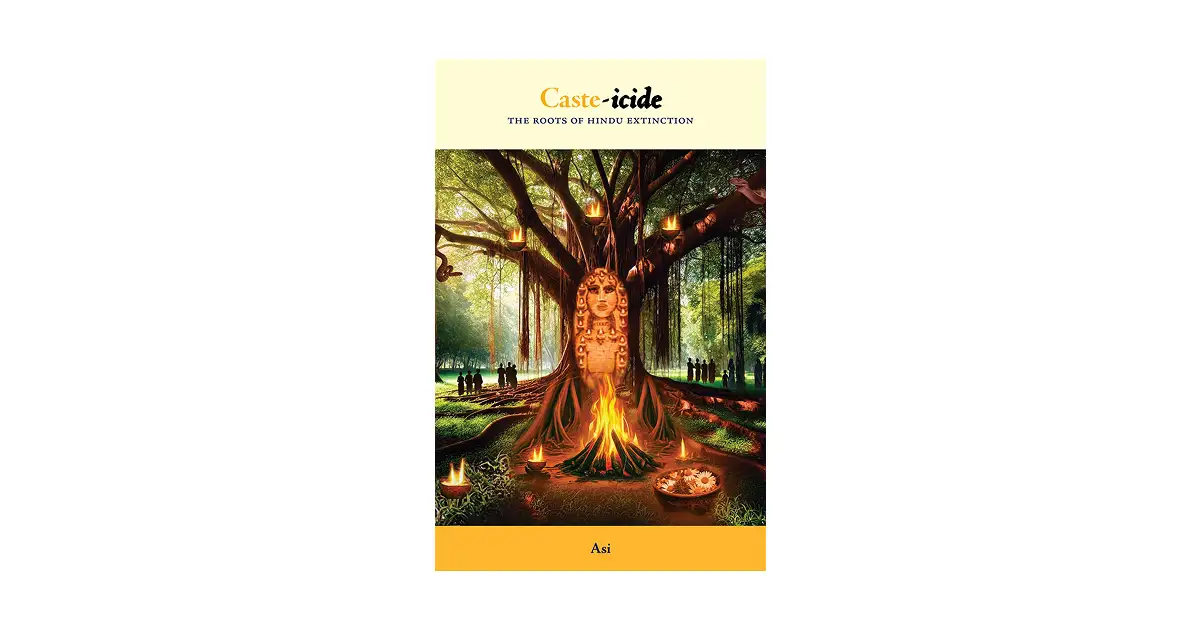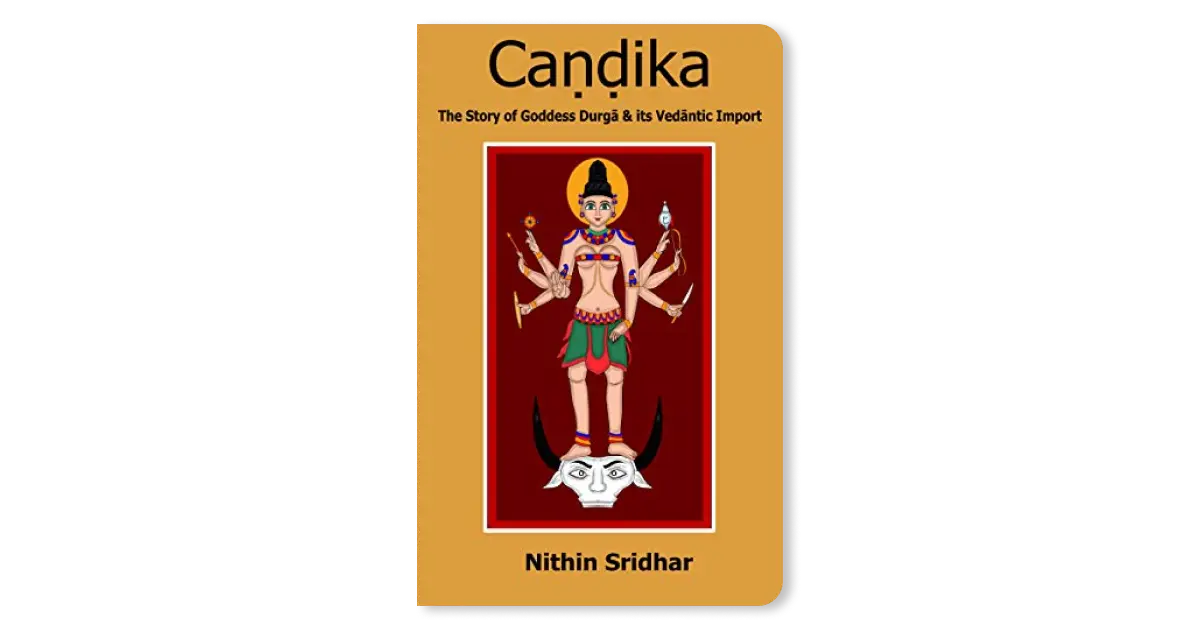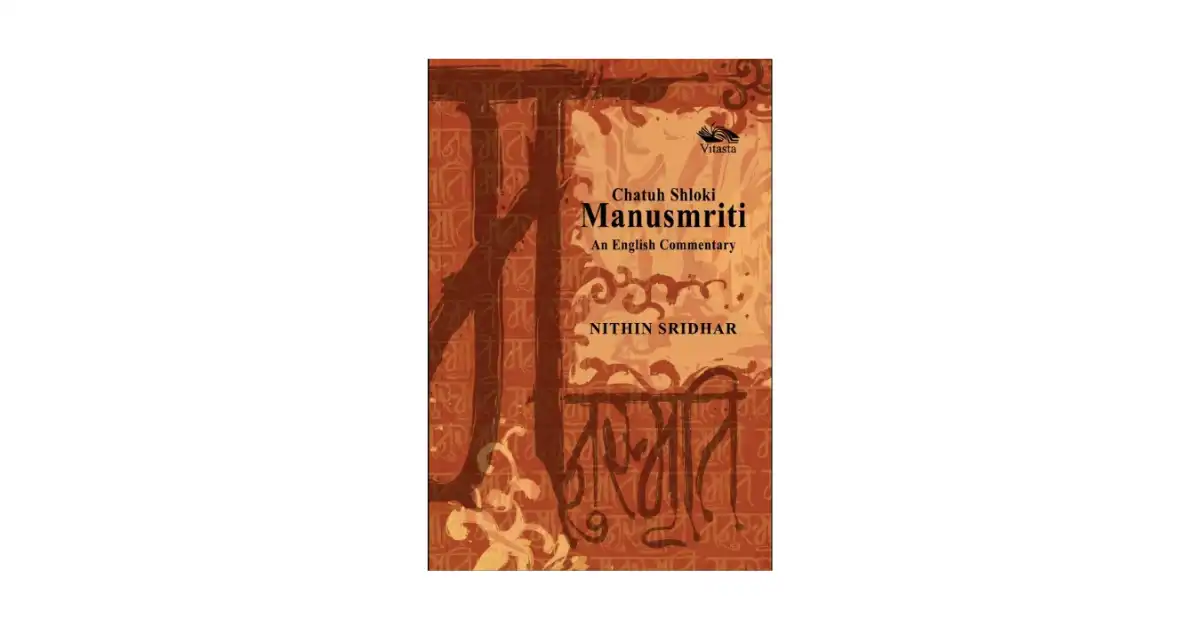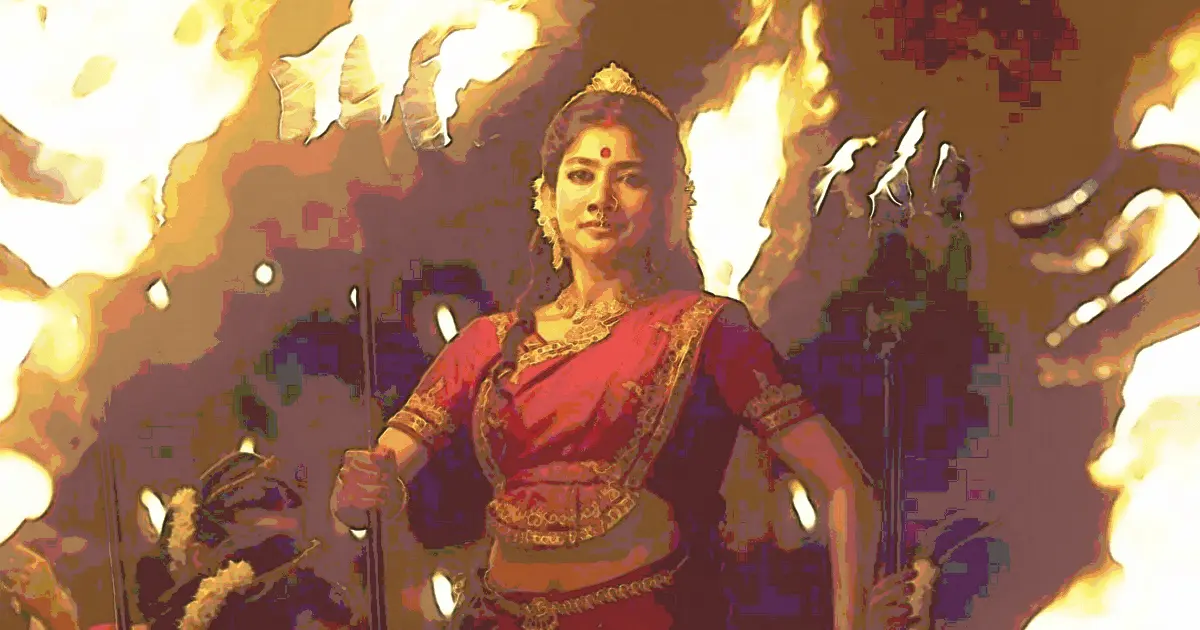Knowledge is Dharma.
Let us find Dharma in knowledge,
Through Dharma let us be Aarya,
As Aarya, let us find peace.
Vritrahan by Śrī Ratul Chakraborty is a grand exposition of the wonder that is Bhārata, whose very tattva is Sanātana Dharma; brought alive by the cosmic tale of Indra and Vṛtrāsura, the Great Serpent. As a reader you are drawn right in. You are simultaneously the participant and the witness; at times Vṛtra, at others Indra and at yet others, an impassive and contemplative companion to the Sūtradhāra.
It is an experience of a deeply engaging and creative universe, every word flowing in a rhythm, pulsating with and evoking surrender to the sanātanīya cetanā of Bhārata. The book plays out at three intertwined levels: the personal, the civilizational, and the cosmic.
At the personal level, it is an invitation to recognize and witness the eternal battle of Indra with Vṛtra (or Ahi) unfolding every moment in the deep recesses of our own being.
Yes.
We were Indra ourselves.
We were all Indra.
All of us
Indra
Standing up to our very own Vritra.
Vṛtra is symbolic of those moments where we fall hard, gasping in the dark mesh of chaos and ignorance. The chaos that descends as the book will tell you, when we turn away from the call of dharma and the grace of Nārāyaṇa.
However, each of us in that moment, also bears the transformative potential of Indra, forged by puruṣārtha, the fire of tapas, the yoga of duty, and the ever-present compassion of Nārāyaṇa. That Indra who is the bearer of the vajra and knower of the Truth. The personal here is therefore but a reflection of the civilizational and the cosmic.
At the civilizational level, in framing our times as the age of Vṛtra, it indicates that in every age, the timeless battle of dharma against adharma manifests itself differently. For instance, in the yuga of Śrī Rāma, it took the form of Rāvaṇa. In the age of Vṛtra, it takes the form of slavery of the mind and intellect, unleashing an ever-increasing void of meaninglessness in our lives.
Does this sound familiar?
Right is wrong!
Rules are oppression!
Strength is weakness!
Men are women!
Interestingly, the sojourns of a repentant and inward-looking Indra find meaning and transformation in the sacred lap of Bhārata-bhūmi. It suggests that in the rediscovery of the Way of the Āryas, guided by ṛta and dharma, in resolutely embracing once again her ideals and traditions, that humanity will behold meaning and purpose once again.
In Bharata, I found the truth
And within that truth, my purpose.
Bharata is my strength,
Bharatiya is my identity,
BharataVarsha I shall protect.
Within the metaphors and principles of the cosmic, the personal and civilizational are enshrined. The devatās come alive, bringing with them renewed hope, inviting us into a long-forgotten world filled with meaning and joy. They mingle in our beings and walk with us as friends. At times they are terrifying, yet our own, with whom we must reforge our bonds. The ṛṣis of incessant compassion and wisdom knock at the doors of our collective civilizational consciousness; doors that perhaps continue to be held safe by their tapobala.
We journey through the mystical delights of creation, the anguish of rebirth, and the stoic silence of death to finally find home in that all-encompassing embrace of the Divine Mother.
Vritrahan is evocative in its imagery, its narrative playing out as if on a theater stage, each chapter tugging at various strings of the heart as you flow along with the Sūtradhāra. Strokes of free verse effortlessly invoke the navarasas, indicative of why the stories of the Itihāsas and Purāṇas continue to capture our imagination even today.
In them, we glimpse a reflection of our frailties and aspirations - a mirror to our emotions, pregnant however with possibilities of experiencing something deeper, vaster and greater; forged by karma and guided by dharma.
As a reader, the pain of Tvaṣṭā and the deeds of Indra will evoke anger in you. You will feel compassion for the wise Triśirā and a wave of pity as Indra trudges the path of repentance. You will marvel at the sheer wisdom and strength of the great Ṛṣi Dadhīci and watch in fear and wonder as the great vajra comes into being. You will find yourself in inexplicable awe and surrender at glimpses of the Divine Mother as Māheśvarī, Mahākālī and Mahāsarasvatī. Each character, each aspect will become your own, speaking to you in a myriad ways.
This is a powerful testament to the ageless kathā-paramparā of Bhārata, ever-alive in and flowing through the citta of its kathā-vācakas and rasikās. This universal tradition has indeed made the deepest forays into the most primal human emotions, and created pathways for it to behold and delight in unsullied satyam (truth), śivam (auspiciousness) and sundaram (beauty).
Therefore, through loving words of comfort spoken by the Great Mother and the steely resolve of a rising Indra, Vritrahan brings us home to that sweet truth of our own nature; a journey made possible by the ascent of the personal towards the civilizational and the cosmic.
From Darkness to the Light, I will go.
From Untruth to the Supreme Truth, I will go.
Vritrahan is one of those books that will remain a friend in the dark and a familiar reflection in the mirror, calling to us as seekers of the Light.
Like Indra, we must rise in surrender to that which is greater than us and dissolve in devotion to that which is deep within us and in all around us.
The radiant, eternal being in Dharma,
And the radiant, eternal being
Present in this body as Righteous Conduct,
Are both Honey.
That being is Aatman.
That being is Amrita.
That being is Brahman.
That being is All.
Those interested in purchasing and reading a copy of the book can do so here:
